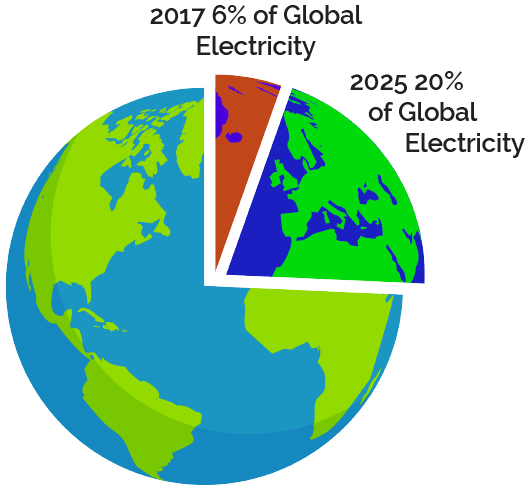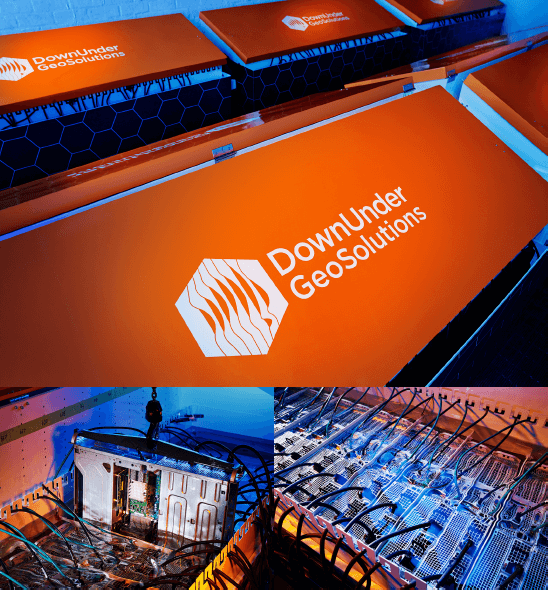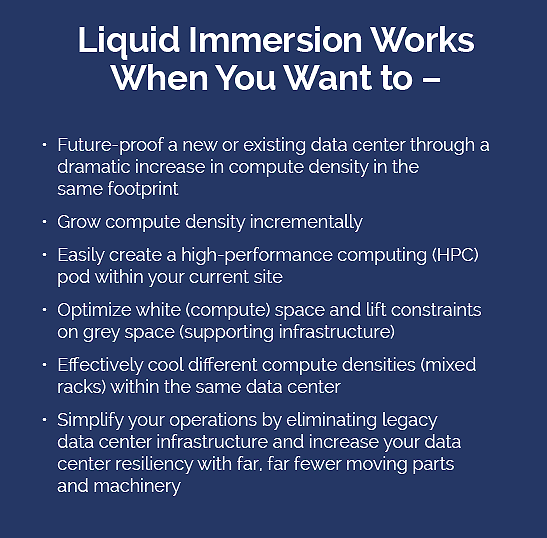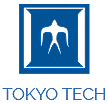Life is full of must-haves and just nice-to-haves. Brakes on a car? Gotta have ‘em. Seat warmers? Totally optional. Given the challenges data center operators face now and in the future, liquid immersion cooling is well on its way to becoming a must have to keep ICT (Information and Communications Technology) from overheating.
This second in our When Does Liquid Immersion Cooling Make Sense? series talks about situations when the answer verges on the obvious.

The growth in GPU-based applications is raising energy consumption and costs at an accelerating rate. Data centers are simply running out of available power. Arranging to have your utility bring in more power is both expensive and time-consuming.
Data Centers Are Energy Hogs
Data centers and cloud providers now devour 6% of global electricity. By 2025 that number could easily reach 20%! 1

While you’ve probably heard the adage “you can’t squeeze blood from a stone,” it is possible to squeeze a whole lot more compute from your existing power envelope. Data Center infrastructure & operations professionals can turn to liquid-immersion cooling, which can reduce energy costs by up to 50%.
Liquid immersion has an extremely low PUE. In particular, the power requirement for GRC immersion cooling systems is less than that needed for the removal of server fans. GRC’s patented immersion system power requirement amounts to a mere 3% of the “true” compute load versus an industry average of 70%.

We’ve had two notable success stories of extreme energy savings in parts of the world with infamously high energy costs: Australia and Japan. For DownUnder GeoSolutions (DUG), our ICEraQ™ micro-modular, immersion cooling solution cut cooling energy consumption by some 90%, and brought down total energy costs by about 35%.

And, our ICEraQ also delivered an incredibly low PUE of 1.02 for Tokyo Institute of Technology. The Green500 ranked their TSUBAME-KFC number one in the world in power efficiency – with a 24% lead over the second-ranked machine. This improved on the previous Green500 #1 record by over 40%, and gave Tokyo Tech their second Green500 win using GRC’s immersion cooling solutions.
What’s more, GRC’s solutions also have a wide operating range, and our clients often use a “warm water” loop, eliminating the need for chillers.


Data center infrastructure and density demands are changing dramatically, driven by the advance of next-generation application architectures in AI, IoT, AR along with microservices. New highperformance, more densely packed processors and co-processors consume ever greater power and generate more heat than most existing data centers were designed to handle. Faced with significant time and money expenditures, many operators are struggling to keep up much less stay ahead of the curve.
Liquid immersion shatters the typical limitations of legacy air cooling, raising the bar to support 200 kW/rack densities.2 Bottom line: this newfound cooling capacity flat-out solves the pervasive density dilemma.

Here again, GRC has helped many companies around the world find a cure for their density woes through liquid-immersion cooling; and in the process we’ve made energy costs a smaller, less bitter pill to swallow:
For Houston’s top geoscience company, CGG, we doubled the number of servers hosted in their facility (and the per rack heat load capacity) while helping them achieve a 50% reduction in total data center energy usage. Negating the need to purchase new, capital-intensive cooling equipment, we built out the required cooling capacity in 100 kW increments, which eliminated any downtime.

We also delivered super results for the supercomputing facility DUG, mentioned earlier. They operate “Bruce” which, at eight petaflops, is the Southern Hemisphere’s largest commercial supercomputer running one of the world’s largest deployments of Intel® Xeon Phi™ co-processors. With GRC’s help DUG was able to develop their impressive compute while vastly paring back costs along the way. We’re talking a 90% drop in cooling energy consumption and a 35% total energy cost reduction.
1 Andrae, Dr. Anders S.G. Total Consumer Power Consumption Forecast. October 25, 2017.
2 Utilizing a chilled water system.
Does Liquid-Immersion Cooling Make Sense for YOUR Data Center?
There’s a high probability. Why not send us an email at info@grctesting.xyz or call +1.512.692.8003 and know for sure? A GRC associate will reach out and run the numbers for you.
In the meantime, be sure to read When Does Liquid-Immersion Cooling Make Sense? — Part 1 and be sure to watch for the next installment.






